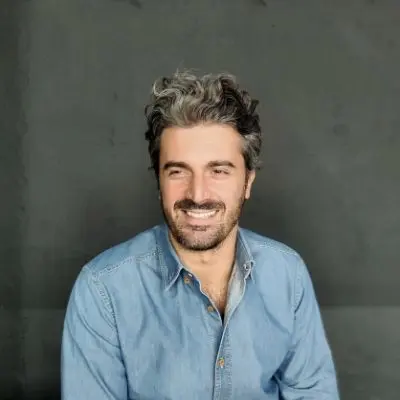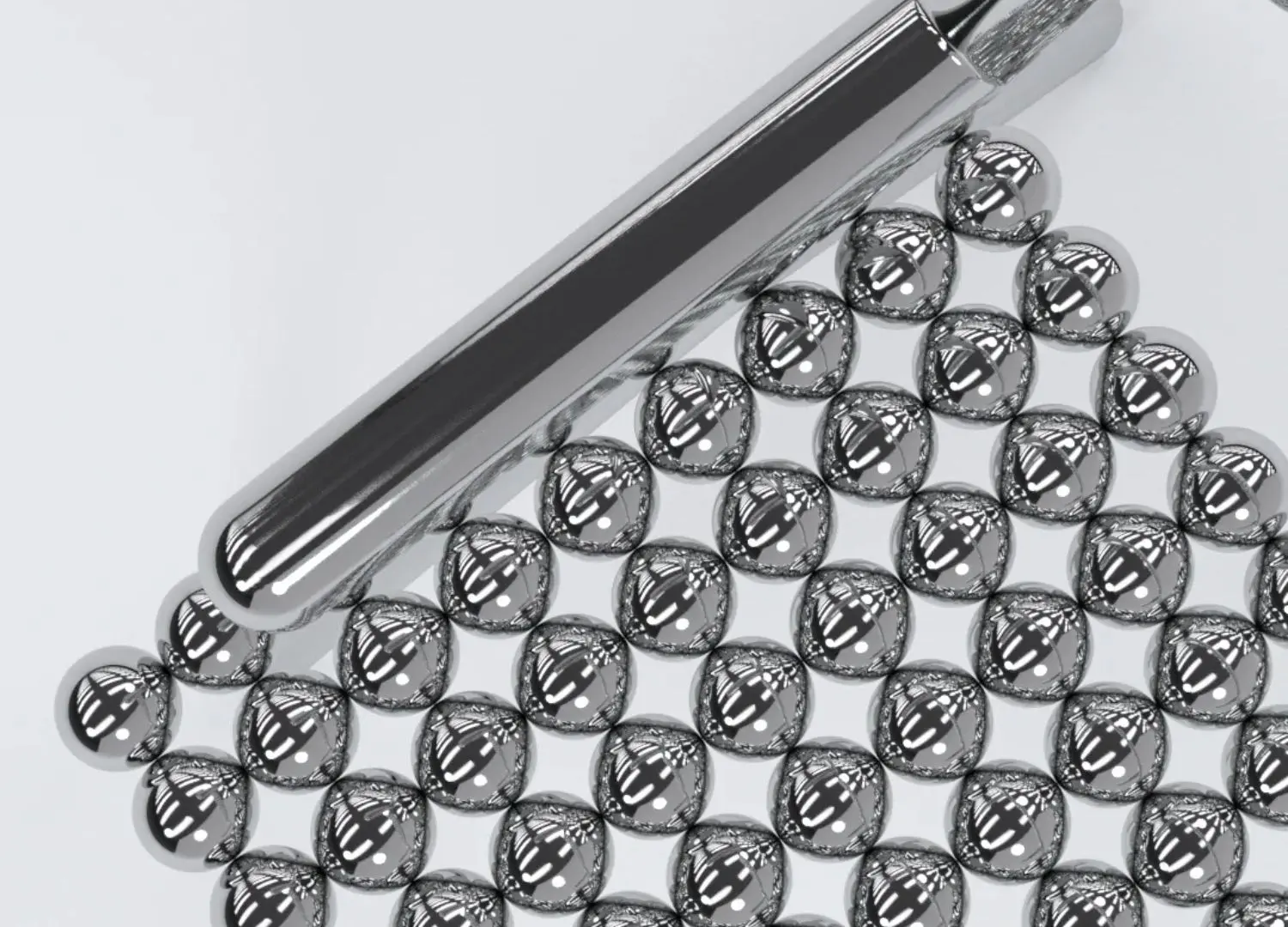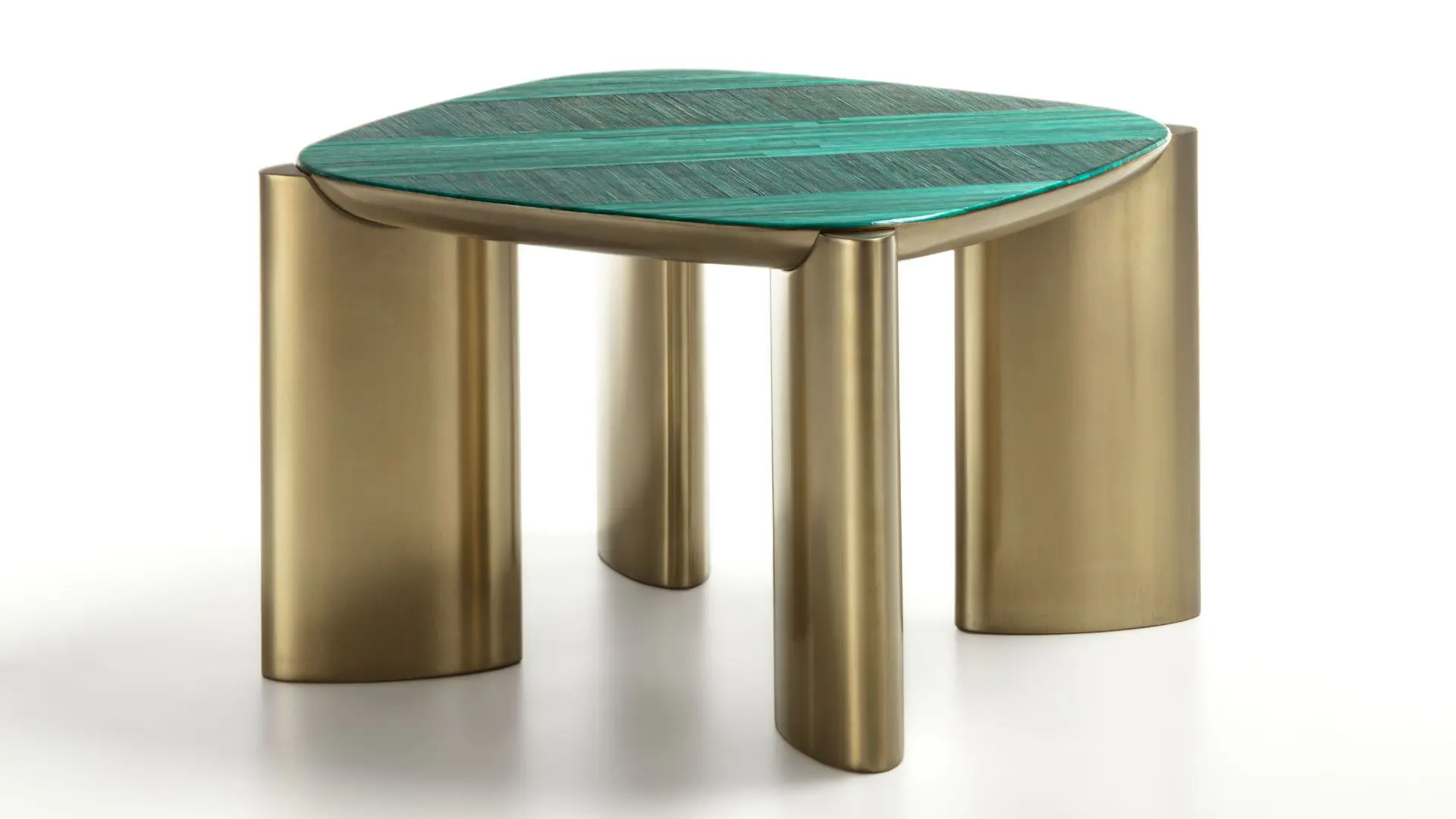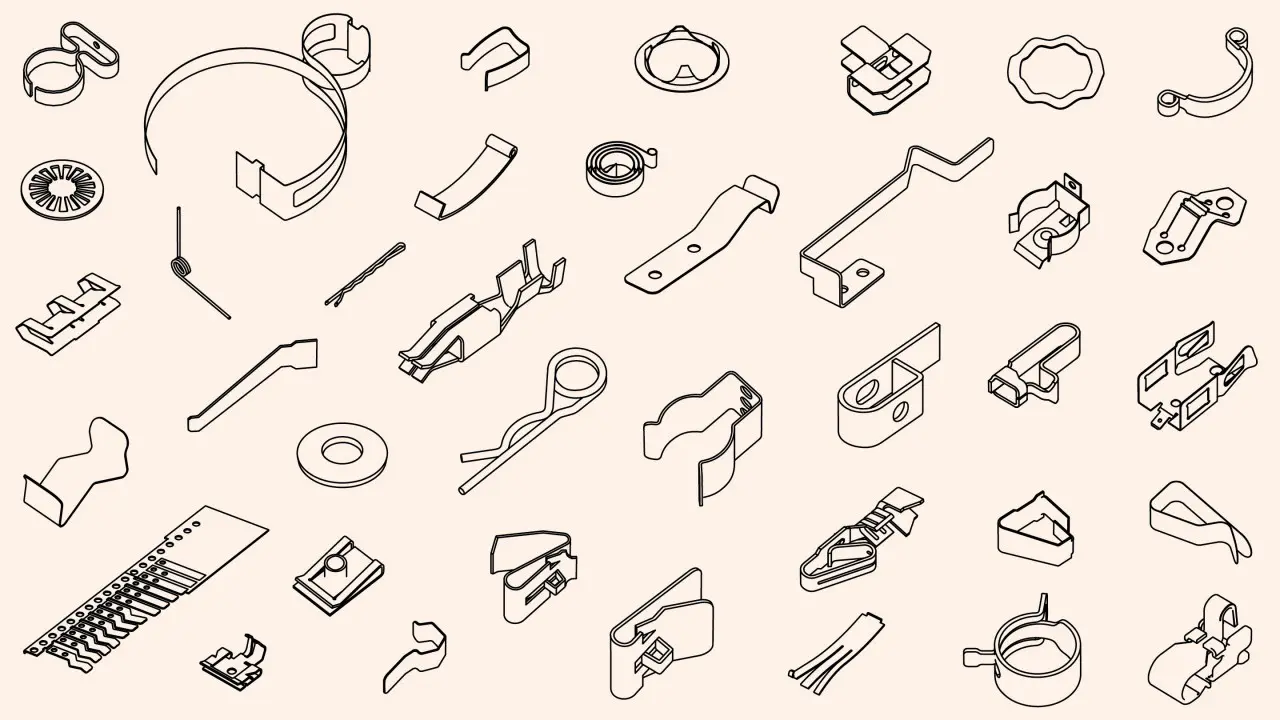Inspired by tradition, crafted for today: the Tila Chair at Routes to Roots
Created by Shepherd Studio, the Tila chair stands out as one of the most captivating pieces at the recent Routes to Roots exhibition during Dutch Design Week, drawing inspiration from the traditional folk game of Tila (marbles).
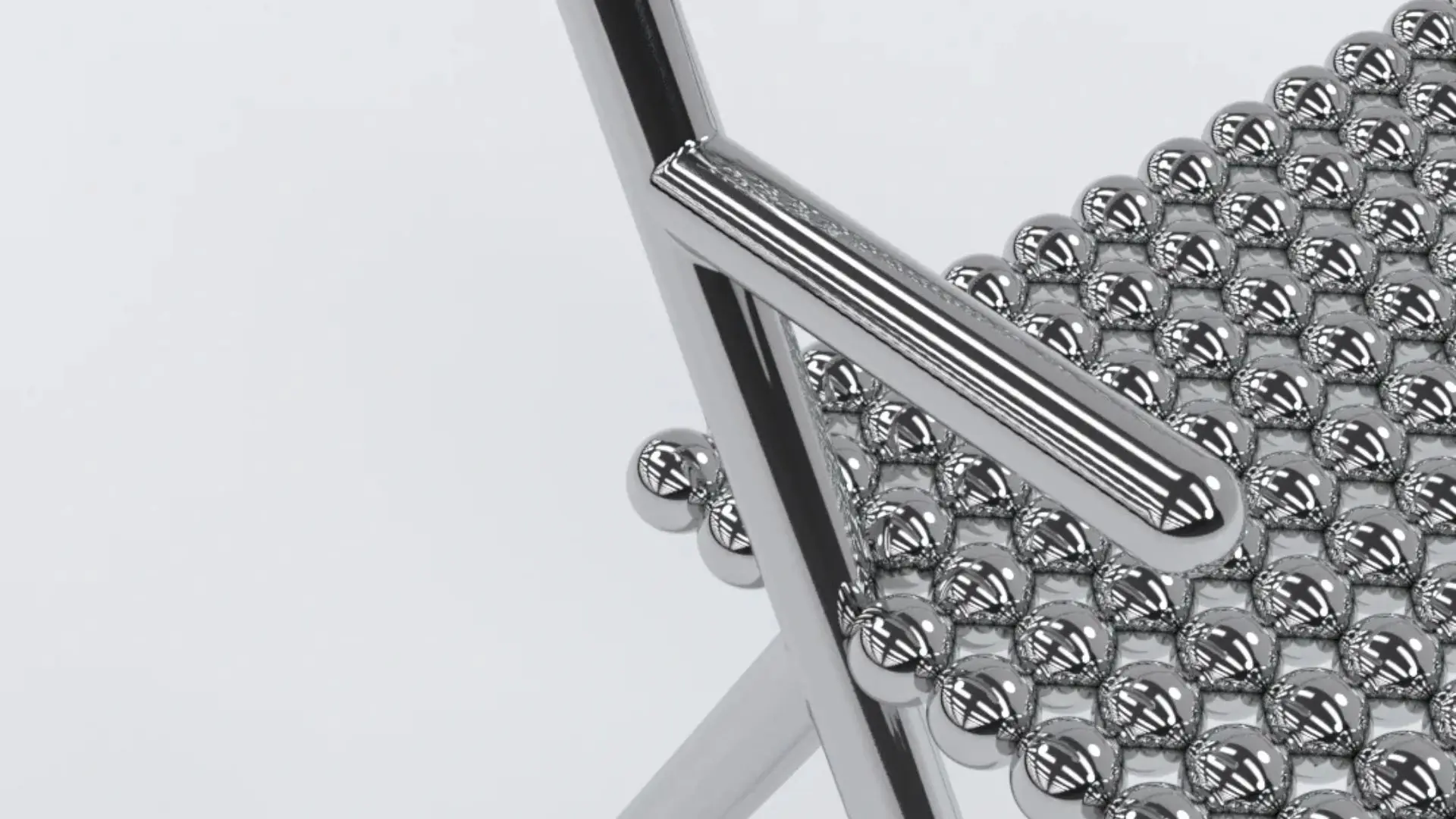
The Tila chair, designed by Shepherd Studio, stands as a culturally resonant and meticulously crafted piece introduced for the first time at the World Expo 2020 in Dubai for Bahrain’s pavilion. Recently, it was showcased at Dutch Design Week within the Routes to Roots exhibition, organized by Isola Design Group in collaboration with The King Abdulaziz Center for World Culture – Ithra.
The exhibition highlighted products that fuse ancestral inspiration and expertise with advanced craftsmanship, illustrating how design talents can revitalize the design landscape by bridging tradition and innovation.

Inspired by the traditional Arab game of Tila (marbles), the Tila chair combines cultural heritage with modern design, symbolizing density as a bridge to possibility. The design process involved months of refinement, with Shepherd Studio exploring different welding techniques to achieve a precise blend of aesthetic and structural integrity.
How did the idea for the Tila chair come about?
Shepherd Studio:
“We were invited by the Bahrain Authority for Culture and Antiquities to design the official chair for the World Expo 2020 in Dubai for the Bahrain Pavilion. We then decided to use the traditional folk game of Tila (marbles) as a main design driver to explore the chair’s design- by combining the communal nature of the game and its components as a metaphor for density.
We were also fortunate to receive the Wallpaper* Design of the Year award in 2022 upon its debut at the World Expo, and are grateful for the opportunity to share our cultural heritage and design contribution to the world.”

How long did it take to create the perfect Tila chair? What was the design process like?
Shepherd Studio:
“The process took months to perfect the perfect Tila chair, and involved many iterations both at a digital and physical capacity. We had to evaluate various welding techniques to perfect the desired appearance- and was a huge learning curve for us. As architects, we truly believe that this chair and its production process was as challenging as designing a building- it’s a matter of scale and perspective.”

What does the phrase ‘density as a mediator for possibility’ specifically mean?
Shepherd Studio:
“Inspired from the traditional Arab folk-game of Tila (marbles) the Tile chair’s conceptual logic intends to personify density as a mediator for possibility- echoing the transmission of traditional arab narratives and the profundity of collaborative exchange through a functional and celebrated design outcome. As such, density has been used as a metaphor to mirror the Arab world’s capacity to transform the dense and the complex into the beautiful and the profound.”

What were the reasons behind choosing stainless steel over other materials for its development?
Shepherd Studio:
“We wanted to create a chair which reflects and sits in harmony with its surroundings, and stainless steel proved to be the most suitable- as well as its durable characteristics. The intention was to also create aesthetically pleasing interplays of light and shadow, and wanted to explore the possibility of having a chair that people can look through. As such, the reflective qualities of stainless steel helped us achieve this aesthetic.”

Beyond its primary function as a seat, what elements of this design affect the user experience?
Shepherd Studio:
“We were curious to explore the possibility of having a chair that people can look through, and have a furniture piece that can double as an artistic intervention to create dialogue- with openings for shadows and light to seep through whilst also reflecting its surroundings.”

